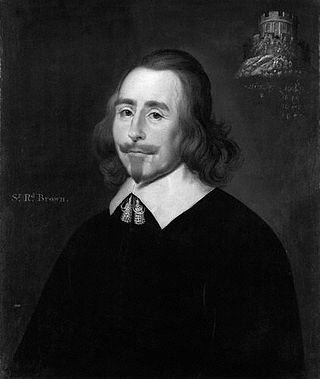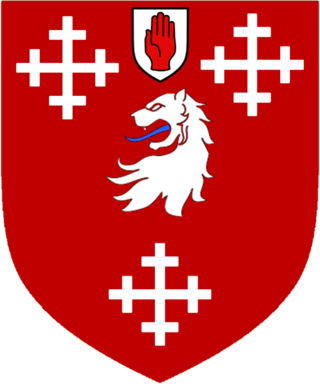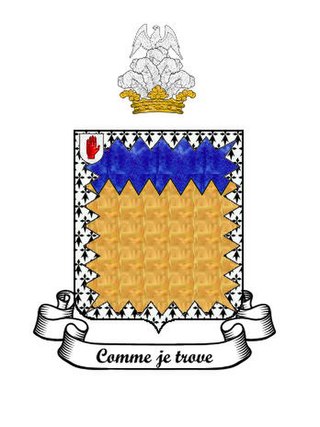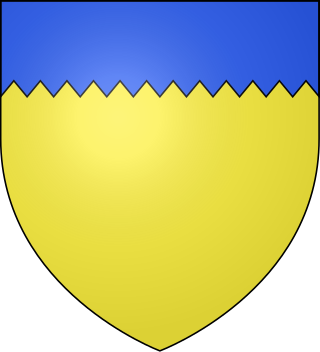This article needs additional citations for verification .(February 2013) |
There have been four baronetcies created for persons with the surname Butler; two in the Baronetage of Ireland and two in the Baronetage of the United Kingdom. As of 2014 two of the creations are extant.
Contents
- Butler baronets, of Cloughgrenan (1628)
- Butler baronets, of Polestown (1645)
- Butler baronets, of Old Park (1922)
- Butler baronets, of Edgbaston (1926)
- See also
- Notes
- References
The Butler Baronetcy, of Cloughgrenan in the County of Carlow, was created in the Baronetage of Ireland on 16 August 1628 for Thomas Butler. He notably represented County Carlow in the Irish House of Commons and served as Sheriff of County Carlow. Butler was the illegitimate son of the Hon. Sir Edmund Butler of Cloughgrenan, second son of James Butler, 9th Earl of Ormonde (see the Earl of Ormond). His grandson, the third Baronet, also sat as Member of the Irish Parliament and served as Sheriff of the county. His eldest son, the fourth Baronet, represented County Carlow in the Irish Parliament and was admitted to the Irish Privy Council. He was succeeded by his nephew, the fifth Baronet. He represented County Carlow in the Irish House of Commons for many years. His son, the sixth Baronet, sat as Member of the Irish Parliament for County Carlow and Portarlington. He was succeeded by his eldest son, the seventh Baronet. He represented County Carlow in the Irish Parliament and also briefly (see County Carlow (UK Parliament constituency)) in the British House of Commons from 1801 to 1802. His great-grandson, the tenth Baronet, was High Sheriff and Vice Lord-Lieutenant for County Carlow. His son, the eleventh Baronet, served as High Sheriff of County Carlow in 1905 and was also a Deputy Lieutenant of the county. His son, the twelfth Baronet, was a Colonel in the Grenadier Guards. As of 2014 the title is held by the latter's son, the thirteenth Baronet, who succeeded in 1994.
The family seat was Ballin Temple, near Tullow, County Cork.
The Butler Baronetcy, of Polestown in the County of Kilkenny, was created in the Baronetage of Ireland on 8 July 1645 for Walter Butler. He was a descendant of Edmund Butler, younger son of James Butler, 3rd Earl of Ormonde. The title became either dormant or extinct on the death of the fourth Baronet in 1762.
The Butler Baronetcy, of Old Park in Devizes in the County of Wiltshire, was created in the Baronetage of the United Kingdom on 28 January 1922 for the businessman Reginald Butler. As of 2014 the title is held by his great-grandson, Sir Richard Butler, the fourth Baronet, who succeeded his father in 2012. He is a member of the executive committee of the Standing Council of the Baronetage. [1]
The Butler Baronetcy, of Edgbaston in the County of Warwick, was created in the Baronetage of the United Kingdom on 29 January 1926 for the brewer William Butler, Chairman of Mitchells & Butlers Ltd. His only son William Owen Butler (1898–1935) predeceased him, without male issue. Consequently, the baronetcy became extinct on Butler's death in 1939.










